Today we will go on an unusual journey around the world and see how the coolest, brightest and simply beautiful metro stations look like. These are not just stops of public transport, which are used by hundreds of thousands of people every day, but real works of art.
Komsomolskaya station in Moscow
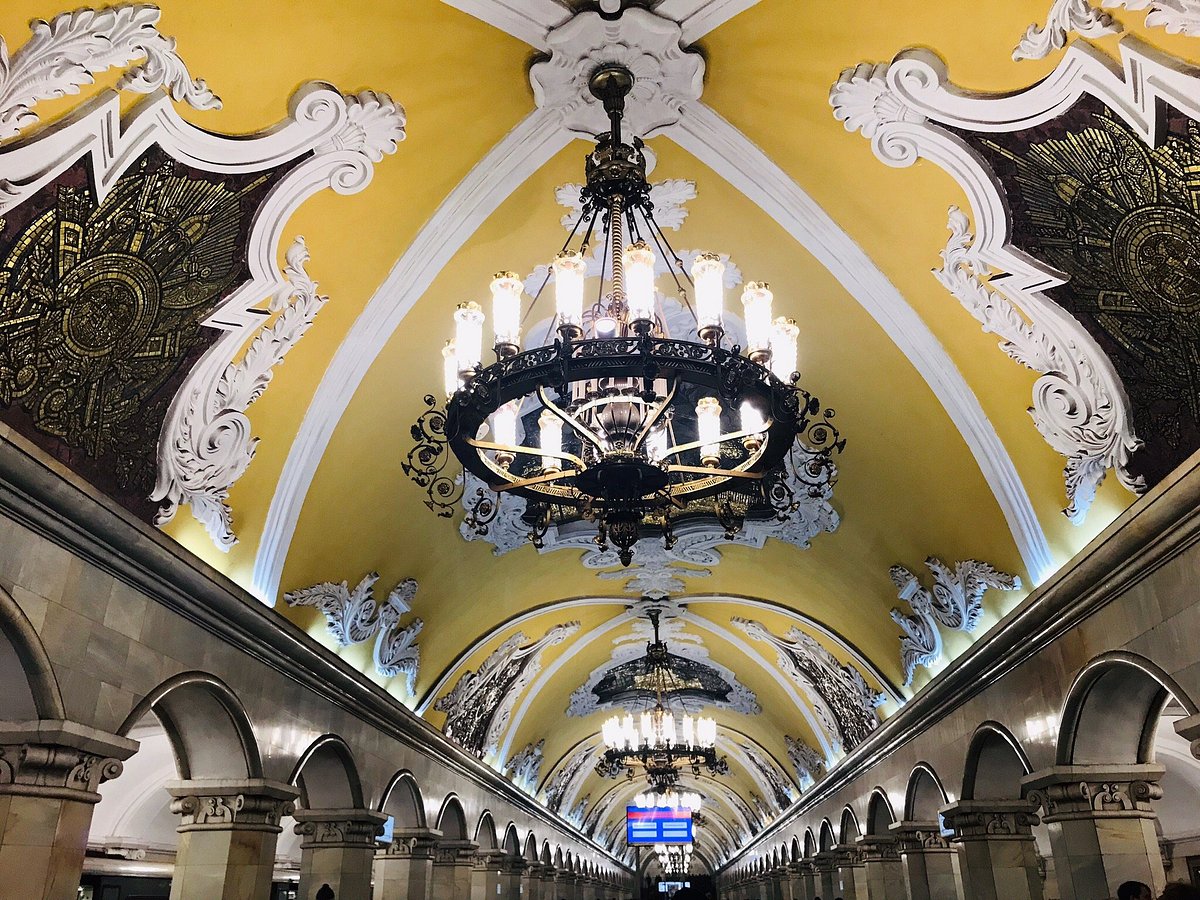
This is the Komsomolskaya metro, built in 1952 at the height of Stalin's super-parade and busy architecture, which partly copied the best examples of Roman times.
The main impression of the station is just an incredible riot of decorations, decorations, stucco, many mosaics and cool lighting, even by the standards of those years. You get the feeling that you are not in the metro, but in a real palace. This station is in fact not only one of the most beautiful in Russia, but also in the world. Where else will you find such parade-like beauty?
Rodhuset Station in Stockholm, Sweden
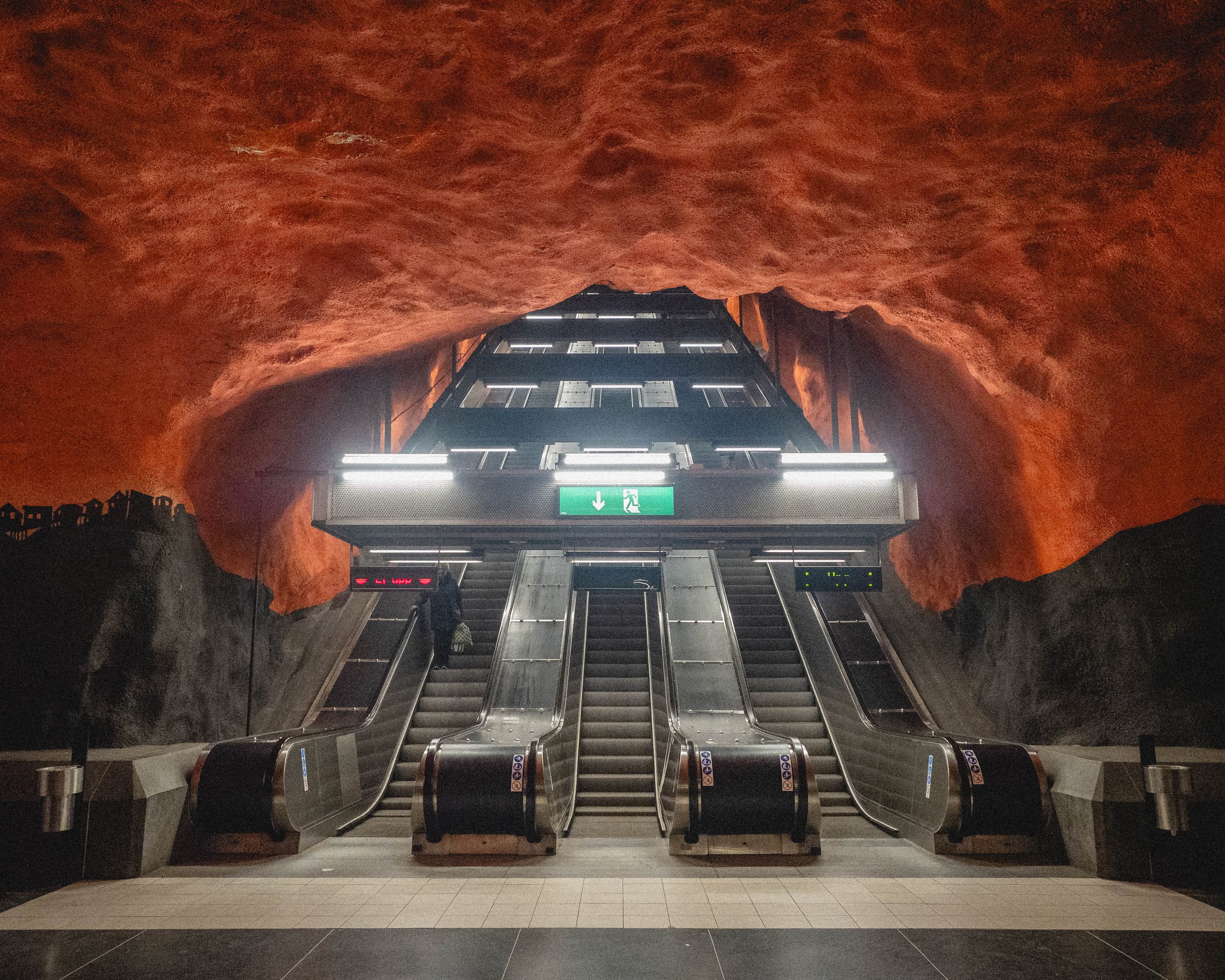
Let's move a little further north, namely to the Swedish city of Stockholm, where one of the most unusual and amazing subways in Europe was created in the 20th century. The local metro, by the way, is generally known for its unique and creative stations, which are often used not as purely functional objects, but as platforms for film shoots, exhibitions, and so on.
The station ‘Rodhuset’ was opened in 1975 and is actually carved out in the rocks, which decided not to ‘make-up’ anything, but just left for all to see, only somewhere painting the walls with unusual patterns from Swedish culture (in many respects, this is why the Stockholm underground is called the longest underground art gallery in the world).
Westfriedhof station in Munich, Germany
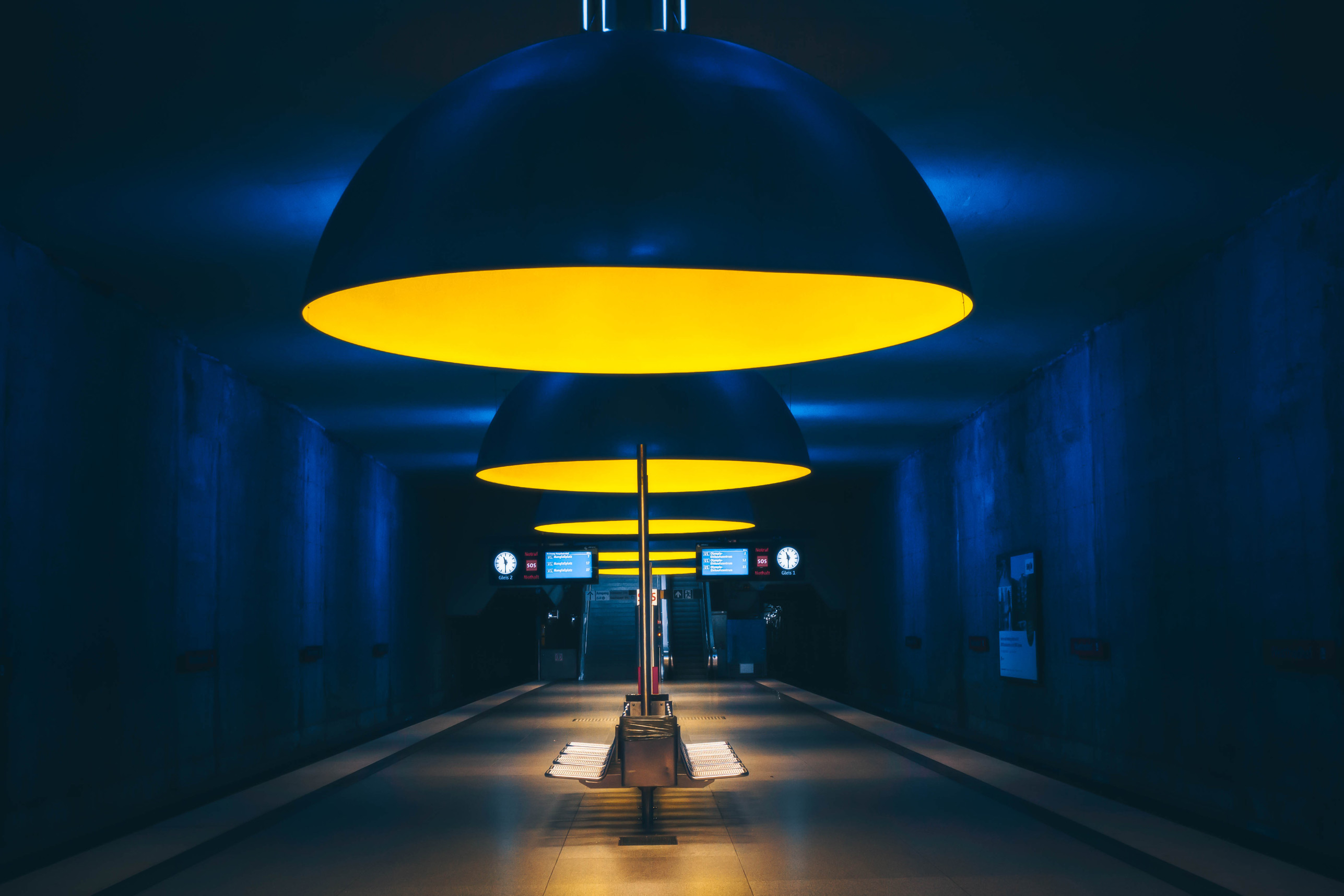
Next, let's go to Munich, Germany, where the chicest Westfriedhof station was opened in 1998, which has now become one of the icons of underground metro design that is being followed all over the world (even by Moscow city planners). But what's the point?
The thing is that the architects didn't care much about the appearance of the object, they built ordinary concrete walls, ceiling and the platform itself, but very coolly used giant colored lights of unusual shape, which give the station an incredibly mysterious and futuristic atmosphere.
Just thanks to the combination of red, blue and yellow colors they managed to achieve a super effect of ‘club’ and at the same time creative aesthetics of that era in the history of Germany, which as we remember was famous for a lot of unconventional solutions, parties and raves!
‘West Street’ in Glasgow, Scotland
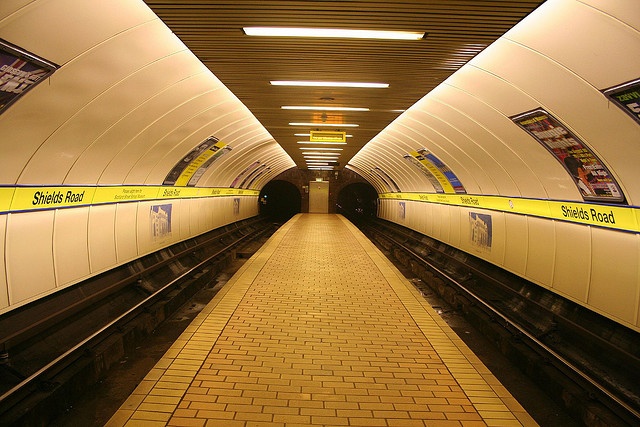
Glasgow's underground opened back in 1896, but it wasn't until the late 1980s that it was fully rebuilt. Since then, only one original West Street tube station has survived, which is strikingly small and has a slight cyberpunk feel (especially with the stylish new trains). In fact, it's one of the smallest and shortest stations in the world!
Because of the historically small size of the stations themselves, such places seem extremely atypical (especially for users of the Moscow or New York subways). The ceiling height here is 5 meters, and the height of the trains is only 1.8 meters. How the local basketball players survive here is not at all clear....
Tashkent Metro
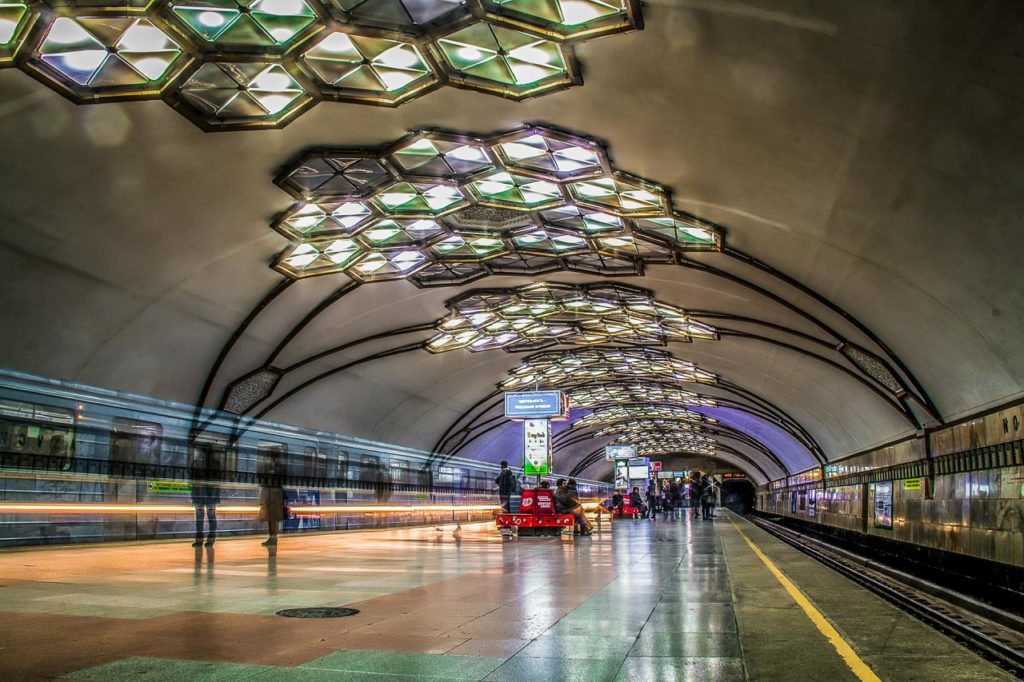
And let's finish our today's tour closer to the Motherland, more precisely in Uzbekistan, where in 1977 one of the most amazing and original subways in the world was opened, which, however, until 1991 was closed and inaccessible for photography by foreigners. Each station here is a separate work of art inspired by Uzbek culture, history and local traditions.
I think that the architects who worked on this transport system saw it not as a means of transport, but as a full-fledged canvas, which they turned into a mixture of Soviet modernism and Asian flavour, spiced with constant images of space and ancient places in Uzbekistan.


















